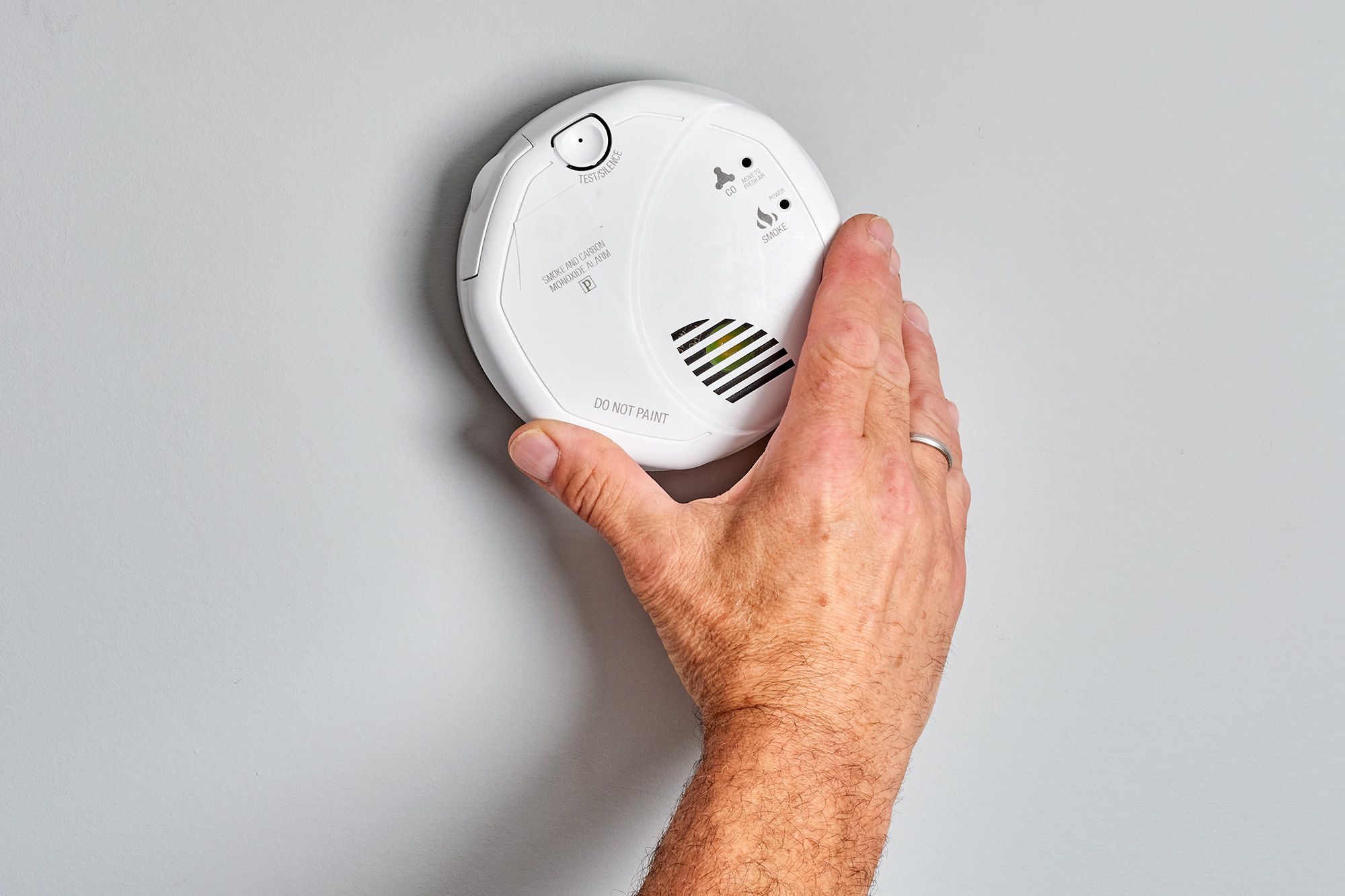

Articles
Why Would A Carbon Monoxide Detector Go Off
Modified: February 24, 2024
Discover why carbon monoxide detectors may go off and find helpful articles on how to troubleshoot this issue and ensure the safety of your home.
(Many of the links in this article redirect to a specific reviewed product. Your purchase of these products through affiliate links helps to generate commission for Storables.com, at no extra cost. Learn more)
Introduction
Carbon monoxide (CO) is a highly dangerous and potentially fatal gas that is odorless, colorless, and tasteless. It is produced by the incomplete burning of fuels such as gas, oil, coal, and wood. This toxic gas can accumulate in enclosed spaces, such as homes and offices, and pose serious health risks to those who inhale it.
Fortunately, carbon monoxide detectors have proven to be life-saving devices that can alert individuals to the presence of this deadly gas. These detectors work by monitoring the air for the presence of carbon monoxide and emitting an alarm when certain levels are detected.
In this article, we will delve into how carbon monoxide detectors function, the common reasons for their alarms going off, the importance of proper placement and maintenance, and why it is crucial to respond promptly to carbon monoxide detector alarms.
Understanding these aspects will not only help you better protect yourself and your loved ones from the dangers of carbon monoxide poisoning but also ensure that your detectors are functioning optimally and providing accurate alerts.
Key Takeaways:
- Carbon monoxide detectors are crucial for detecting this deadly gas, but they can go off due to various reasons, including appliance malfunctions, blocked ventilation, and improper generator use. Understanding these causes is essential for maintaining a safe living environment.
- Responding promptly to carbon monoxide detector alarms is vital for early detection, avoiding poisoning, and preventing future incidents. Proper placement, regular maintenance, and swift action can save lives and protect against this invisible threat.
Read more: When Does A Carbon Monoxide Detector Go Off
How Carbon Monoxide Detectors Work
Carbon monoxide detectors are designed to detect the presence of carbon monoxide gas in the air and emit an alarm to alert occupants of potential danger. There are two main types of carbon monoxide detectors: biomimetic and electrochemical detectors.
Biomimetic detectors use a gel that changes color when exposed to carbon monoxide. The color change then triggers an alarm. These detectors are known for their accuracy and reliability. However, they may take longer to respond to low levels of carbon monoxide.
Electrochemical detectors, on the other hand, use electrodes and chemicals to detect carbon monoxide. When carbon monoxide comes into contact with the electrodes, a chemical reaction occurs, which produces an electric current that triggers the alarm. These detectors are highly sensitive and provide quick and accurate readings even at low levels of carbon monoxide.
Both types of detectors typically include a loud audible alarm to warn occupants of the presence of carbon monoxide. Some detectors may also have a digital display that shows the current carbon monoxide levels. This allows users to monitor the situation and take appropriate action.
It is important to note that carbon monoxide detectors have a limited lifespan and may need to be replaced regularly. Check the manufacturer’s guidelines for specific recommendations regarding the lifespan of your detectors. Additionally, it is essential to test your detectors regularly to ensure that they are functioning correctly. Most detectors have a test button that can be pressed to simulate a carbon monoxide alarm.
By understanding how carbon monoxide detectors work and their limitations, you can ensure that you have the right type of detectors in your home or office and that they are properly maintained to provide reliable and timely alerts in the event of a carbon monoxide leak.
Common Reasons for Carbon Monoxide Detector Alarms
Carbon monoxide detectors are designed to detect even low levels of carbon monoxide in the air and trigger an alarm to alert occupants of the potential danger. While any detection of carbon monoxide should be taken seriously, there are several common reasons why carbon monoxide detector alarms may go off:
- Faulty or malfunctioning appliances: One of the most common causes of carbon monoxide leaks is the improper functioning of fuel-burning appliances such as furnaces, water heaters, stoves, and fireplaces. If these appliances are not properly installed or maintained, they can produce excessive amounts of carbon monoxide, leading to potential leaks and triggering the alarm.
- Blocked ventilation: Another common cause of carbon monoxide leaks is the blockage of ventilation systems. Improperly installed or obstructed vents prevent the proper exhaust of carbon monoxide, resulting in its accumulation in enclosed spaces.
- Cracked or damaged flue pipes: Flue pipes are responsible for safely venting carbon monoxide produced by fuel-burning appliances to the outside. If these pipes are cracked or damaged, they can leak carbon monoxide into the living space, setting off the detector.
- Improper use of generators: Portable generators are commonly used during power outages. However, improper use of generators, such as placing them inside the home or too close to windows or vents, can result in carbon monoxide buildup and trigger the alarm.
- Running vehicles in enclosed spaces: Running vehicles, such as cars or lawnmowers, in enclosed spaces like garages can lead to the accumulation of carbon monoxide. This can be particularly dangerous if the garage is attached to the home, as the gas can easily seep inside, triggering the detector alarm.
It is important to note that carbon monoxide detectors are sensitive devices and may also go off due to false alarms. Common sources of false alarms include high humidity levels, exposure to excessive heat or extreme cold, and certain household chemicals. If you believe you have a false alarm, it is still important to take appropriate precautions and investigate the source of the alarm.
By being aware of these common reasons for carbon monoxide detector alarms, you can take the necessary steps to prevent leaks, ensure proper ventilation, and maintain your fuel-burning appliances to mitigate the risks associated with carbon monoxide exposure.
Malfunctioning Detectors
While carbon monoxide detectors are crucial in protecting against the dangers of carbon monoxide poisoning, there are instances where these detectors may malfunction, leading to unreliable readings or false alarms. It is important to be aware of potential issues with detectors to ensure their proper functioning:
Expired Detectors: Carbon monoxide detectors have a limited lifespan, typically ranging from 5 to 10 years. Over time, the sensors in the detectors may become less accurate, leading to false readings or no response to actual carbon monoxide leaks. It is essential to check the expiration date of your detectors and replace them as recommended by the manufacturer.
Faulty Batteries: Carbon monoxide detectors are typically powered by batteries, either replaceable or built-in. If the batteries are low or faulty, the detectors may not function properly. Regularly check the batteries and replace them as needed. Some detectors have a warning signal for low battery life, so pay attention to any alerts or beeping sounds.
Poor Placement: Incorrect placement of carbon monoxide detectors can affect their performance. Detectors should be placed at a proper height and location for optimal detection. Follow the manufacturer’s guidelines for proper installation, which typically involve placing detectors near bedrooms and fuel-burning appliances, as well as on every level of the home.
Interference: Certain electronic devices or strong radio frequency signals can interfere with the proper functioning of carbon monoxide detectors. Keep detectors away from areas with strong electromagnetic fields or sources of interference, such as wireless routers or cordless phones.
Environmental Factors: Environmental factors, such as excessive humidity, changes in temperature, or exposure to dust or dirt, can also affect the accuracy of carbon monoxide detectors. Regularly clean and maintain the detectors to ensure proper performance. Additionally, avoid placing detectors in areas with extreme temperatures or high humidity levels.
If you suspect that your carbon monoxide detector is malfunctioning, it is crucial to take immediate action. Test the detector using the manufacturer’s instructions, and if it fails to respond, replace it with a new one. Never ignore a malfunctioning detector or assume it is a false alarm, as it could put you and your family at risk of carbon monoxide poisoning.
Regular maintenance, proper placement, and prompt replacement of malfunctioning detectors can contribute to a safe living environment and provide peace of mind in protecting against the dangers of carbon monoxide exposure.
Make sure to regularly check and replace the batteries in your carbon monoxide detector. It’s also important to have your heating system, fireplace, and other fuel-burning appliances inspected annually to prevent leaks.
Causes of False Alarms
While carbon monoxide detectors are designed to provide accurate and reliable alerts in the presence of carbon monoxide gas, there are occasions when these devices may activate false alarms. Understanding the potential causes of false alarms can help you better interpret and respond to alarm activations:
- Environmental Factors: High humidity levels, extreme temperatures, or exposure to dust, dirt, or certain household chemicals can trigger false alarms. It is important to keep detectors away from areas with excessive moisture or extreme temperature fluctuations and regularly clean and maintain them to minimize false alarms.
- Malfunctioning Detectors: As with any electronic device, carbon monoxide detectors can experience malfunctions, resulting in false alarms. This can occur due to sensor failures or internal errors. Regularly test your detectors and replace them if you suspect they are malfunctioning.
- Interference: Electronic devices or strong radio frequency signals can interfere with the proper functioning of carbon monoxide detectors. Keep the detectors away from areas with strong electromagnetic fields or sources of interference, such as wireless routers or cordless phones.
- Battery Issues: Low or faulty batteries can cause false alarms. Ensure that the batteries in your detectors are fresh, properly installed, and have sufficient power. Regularly check and replace the batteries as needed to prevent false alarms.
- Detector Placement: Incorrect placement of detectors can lead to false alarms. Detectors should be installed at the recommended height and location as specified by the manufacturer. Placing detectors too close to fuel-burning appliances or in areas with excessive air currents can result in false alarms.
When a carbon monoxide detector goes off, it is essential not to ignore the alarm, even if you suspect it may be a false alarm. Treat every activation of the alarm seriously until you can confirm the source of the potential carbon monoxide exposure. Open windows to ventilate the area and relocate to a well-ventilated space away from the potential source.
If you continue to experience frequent false alarms with your carbon monoxide detectors, it is advisable to consult with a professional technician or replace the detectors with newer models that are known for their reliability and accuracy.
Being aware of the potential causes of false alarms and taking necessary precautions can help ensure that your carbon monoxide detectors are functioning correctly and can provide timely and accurate warnings when it matters most, protecting you and your loved ones from the dangers of carbon monoxide gas.
Proper Placement and Maintenance of Carbon Monoxide Detectors
Proper placement and regular maintenance of carbon monoxide detectors are crucial in ensuring their effectiveness in detecting the presence of carbon monoxide gas. Here are some important guidelines to help you properly position and maintain your detectors:
1. Placement: Install carbon monoxide detectors on every level of your home, including basements and near sleeping areas. The detectors should be placed on a wall or ceiling, following the manufacturer’s recommended height and distance from potential sources of carbon monoxide, such as fuel-burning appliances. Avoid placing detectors near windows, doors, or ventilation systems that may affect the accuracy of the readings.
2. Avoid Obstructions: Ensure that there are no obstructions, such as curtains or furniture, blocking the airflow around the detectors. This allows for better air circulation and more accurate detection of carbon monoxide gas.
3. Test Functionality: Regularly test the functionality of your carbon monoxide detectors, following the manufacturer’s instructions. Most detectors have a test button that you can press to simulate a carbon monoxide alarm. Perform this test at least once a month to ensure that the detectors are functioning correctly. If a detector fails the test or shows signs of malfunctioning, replace it immediately.
4. Replace Batteries: Carbon monoxide detectors are typically battery-powered. Although many detectors have a low battery alert, it is essential to check and replace the batteries regularly to ensure the detectors remain operational. Set reminders or schedules to replace the batteries at least once a year or as recommended by the manufacturer.
5. Clean Regularly: Dust and debris can accumulate on the sensors of carbon monoxide detectors over time, affecting their accuracy. Clean the detectors regularly using a soft brush or vacuum cleaner to remove any dirt or dust. Avoid using cleaning agents or liquids that may damage the detectors.
6. Follow Manufacturer’s Guidelines: Always refer to the manufacturer’s guidelines and instructions for proper installation, placement, testing, and maintenance of your carbon monoxide detectors. Each model may have specific requirements and recommendations that should be followed for optimal performance.
7. Consider Interconnected Detectors: If possible, opt for interconnected carbon monoxide detectors throughout your home. Interconnected detectors communicate with each other, triggering all alarms when one detects carbon monoxide gas. This provides increased safety by ensuring that occupants are alerted regardless of their location in the house.
By adhering to these guidelines, you can ensure that your carbon monoxide detectors are properly positioned, well-maintained, and functioning optimally. This will help provide early warning of carbon monoxide leaks and protect you and your family from the dangers of this odorless and potentially deadly gas.
Importance of Responding to Carbon Monoxide Detector Alarms
Carbon monoxide (CO) is a silent killer. It is an odorless, colorless gas that can be deadly if inhaled in high concentrations. This is why carbon monoxide detectors play a crucial role in keeping you and your loved ones safe. It is essential to understand the importance of responding promptly to carbon monoxide detector alarms:
1. Early Warning: Carbon monoxide detectors are designed to detect even low levels of carbon monoxide in the air. When an alarm sounds, it indicates the presence of this dangerous gas. Responding quickly to the alarm allows you to take immediate action to protect yourself and others in your home.
2. Avoid Carbon Monoxide Poisoning: Breathing in carbon monoxide can lead to carbon monoxide poisoning, which can cause symptoms such as headache, dizziness, nausea, confusion, and even loss of consciousness. In severe cases, it can be fatal. Promptly responding to the alarm can help you evacuate the area and avoid prolonged exposure to the gas.
3. Identify the Source: When a carbon monoxide detector alarm goes off, it is vital to investigate the potential source of the gas. It may be a malfunctioning appliance, blocked ventilation, or a leak in the flue pipe. By identifying and addressing the source, you can eliminate the immediate danger and prevent future incidents.
4. Ventilate the Area: Opening windows and doors can help ventilate the area and allow fresh air to enter, reducing the carbon monoxide concentration. This can be a crucial step towards ensuring your safety while you wait for professional help or resolve the issue causing the gas leak.
5. Seek Professional Help: If the alarm continues to sound or if anyone is experiencing symptoms of carbon monoxide poisoning, it is essential to contact emergency services and seek professional help immediately. They can provide guidance, conduct necessary tests, and ensure the safety of everyone in your home.
6. Prevent Future Incidents: Responding to carbon monoxide detector alarms not only protects you in the current situation but also helps prevent future incidents. By addressing the source of the carbon monoxide leak and taking necessary precautions, such as regular appliance maintenance and proper ventilation, you can reduce the risk of carbon monoxide exposure in your home.
Carbon monoxide detector alarms are an early warning system that can save lives. It is crucial to take all alarms seriously and respond promptly to protect yourself and your family. Regularly test and maintain your detectors, familiarize yourself with the manufacturer’s guidelines, and ensure everyone in your home knows what to do in the event of a carbon monoxide alarm.
Remember, a quick response can make all the difference in preventing carbon monoxide-related accidents and keeping your loved ones safe from this invisible threat.
Conclusion
Carbon monoxide detectors are essential devices that can save lives by alerting occupants to the presence of this deadly gas. Understanding how these detectors work, the common reasons for their alarms, and the importance of proper placement and maintenance is crucial in maximizing their effectiveness in protecting you and your loved ones.
By properly placing carbon monoxide detectors throughout your home and regularly testing their functionality, you can ensure early detection of carbon monoxide gas and take immediate action to prevent carbon monoxide poisoning. Additionally, responding promptly to carbon monoxide detector alarms is vital in identifying the source of the gas and initiating necessary safety measures.
Proper maintenance of the detectors, including battery replacement and regular cleaning, is key to preventing malfunctioning and false alarms. It is also important to be aware of common causes of false alarms, such as environmental factors and interference, to avoid unnecessary panic while remaining vigilant about potential carbon monoxide leaks.
Ultimately, the importance of responding to carbon monoxide detector alarms cannot be overstated. Promptly evacuating the area, ventilating the space, and seeking professional help are critical in ensuring your safety and the well-being of those around you. By taking swift action and addressing the source of the carbon monoxide leak, you can prevent future incidents and create a safer living environment.
Remember, carbon monoxide is an invisible and deadly gas, and a reliable carbon monoxide detector is your first line of defense against it. Investing in quality detectors, understanding their proper use and maintenance, and responding promptly to their alarms can make all the difference in safeguarding your home and protecting your loved ones from the dangers of carbon monoxide exposure.
Frequently Asked Questions about Why Would A Carbon Monoxide Detector Go Off
Was this page helpful?
At Storables.com, we guarantee accurate and reliable information. Our content, validated by Expert Board Contributors, is crafted following stringent Editorial Policies. We're committed to providing you with well-researched, expert-backed insights for all your informational needs.
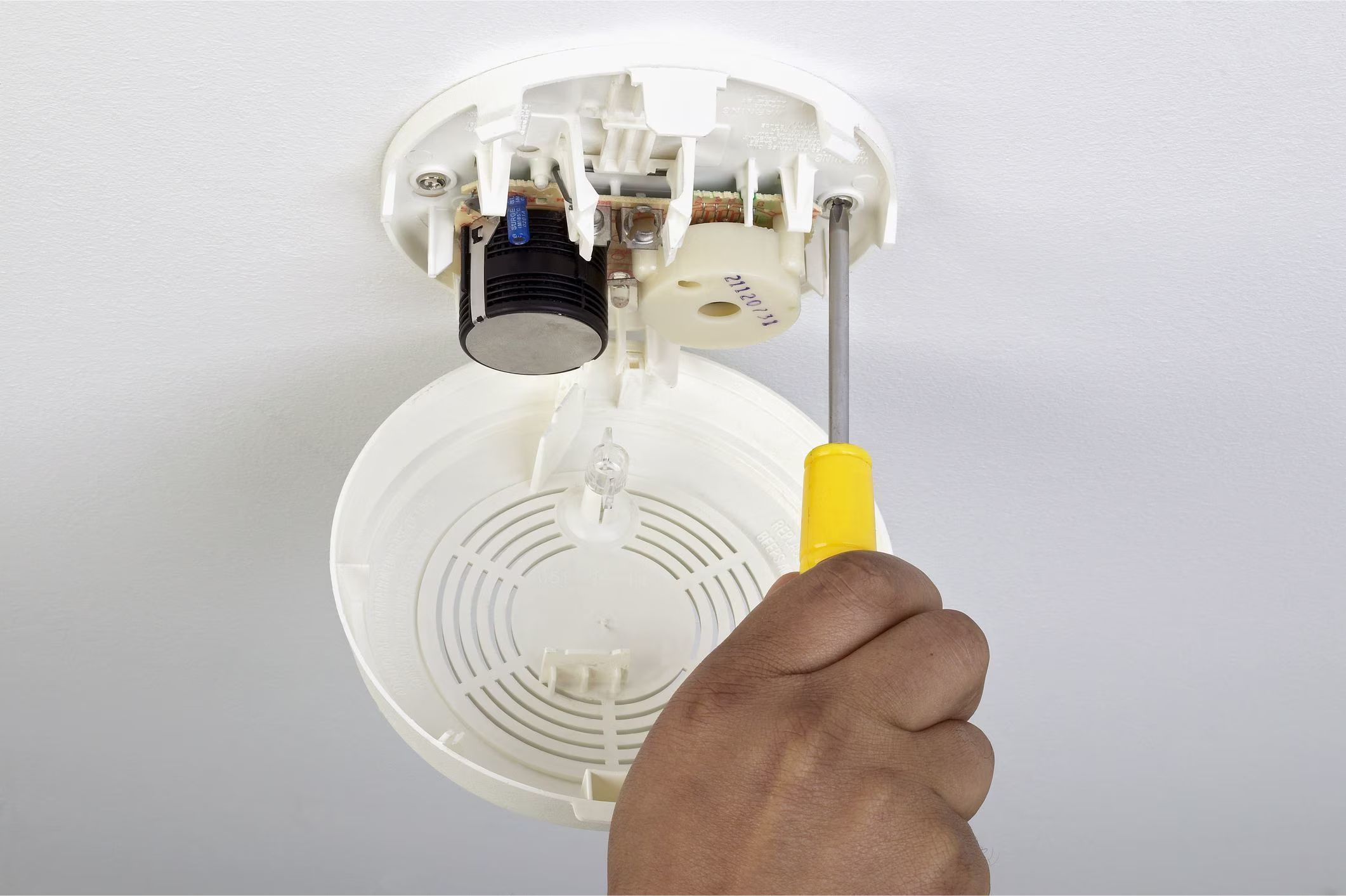
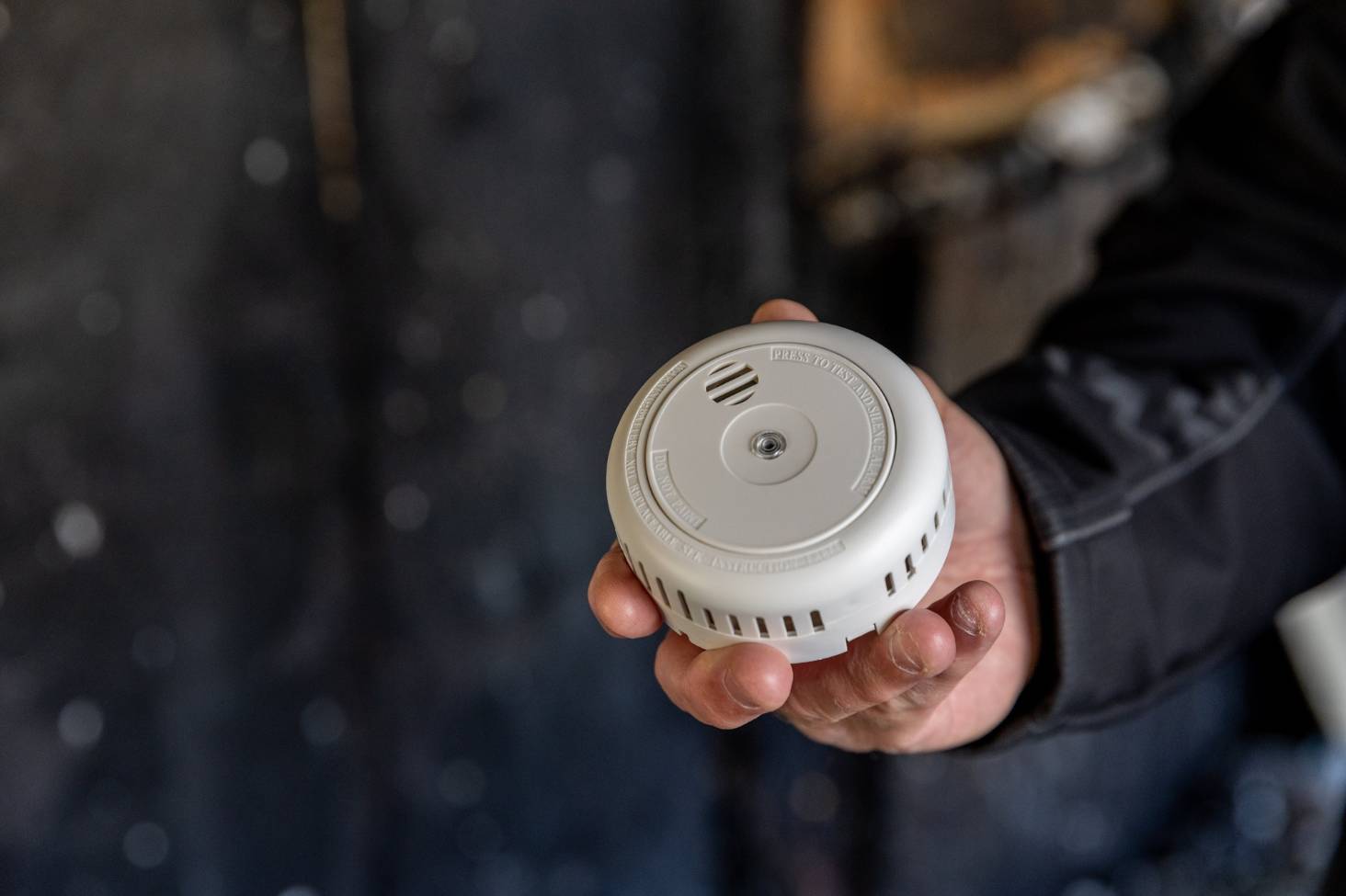
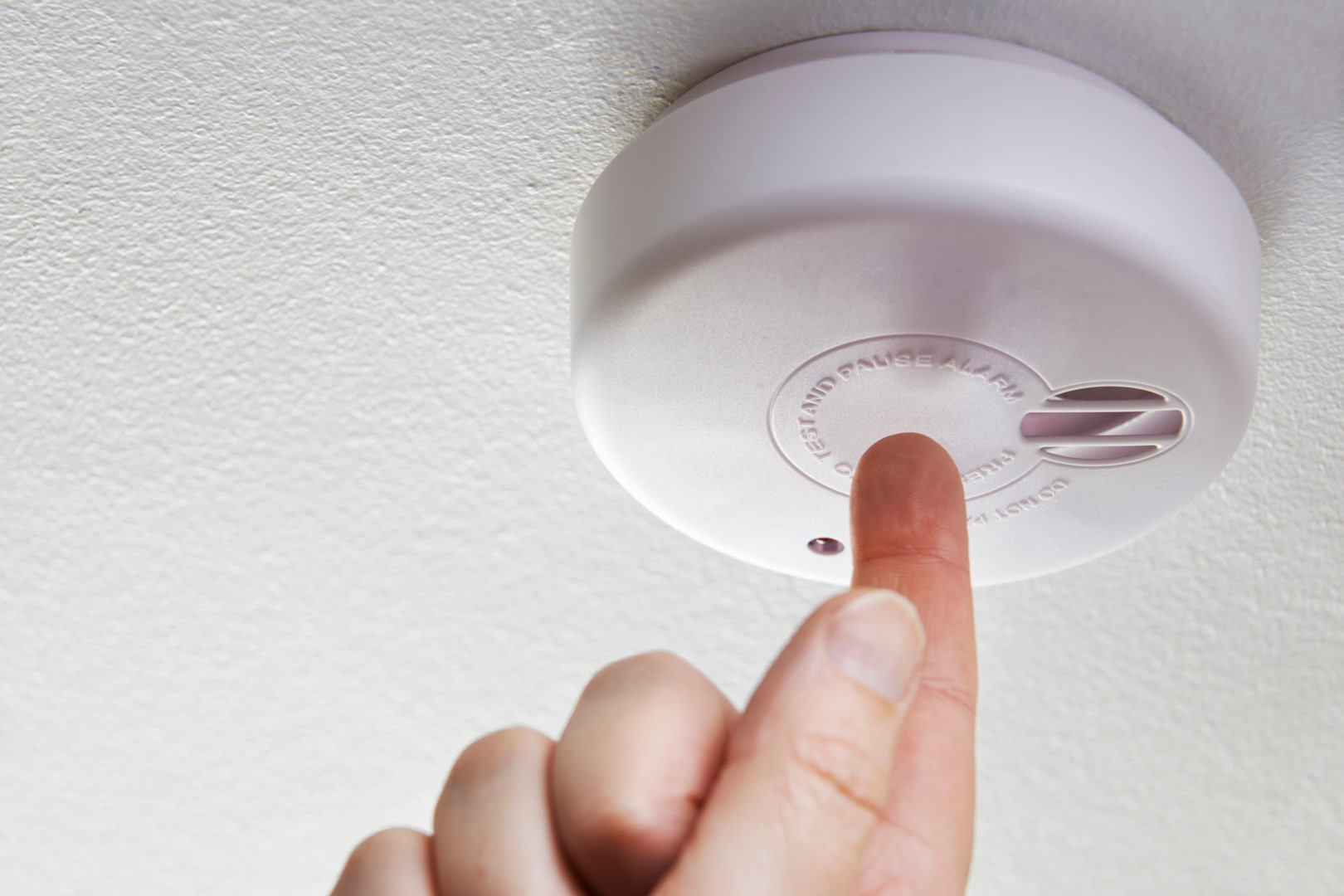
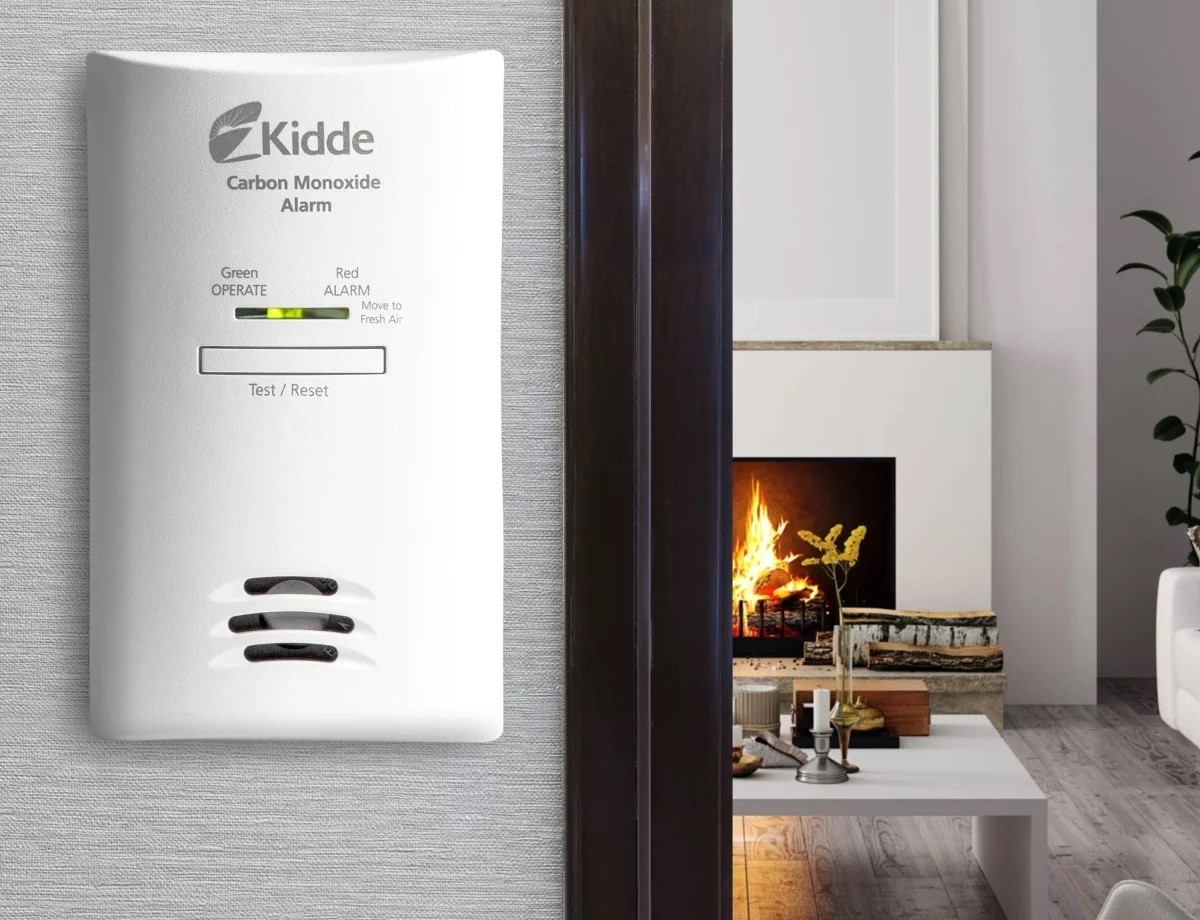
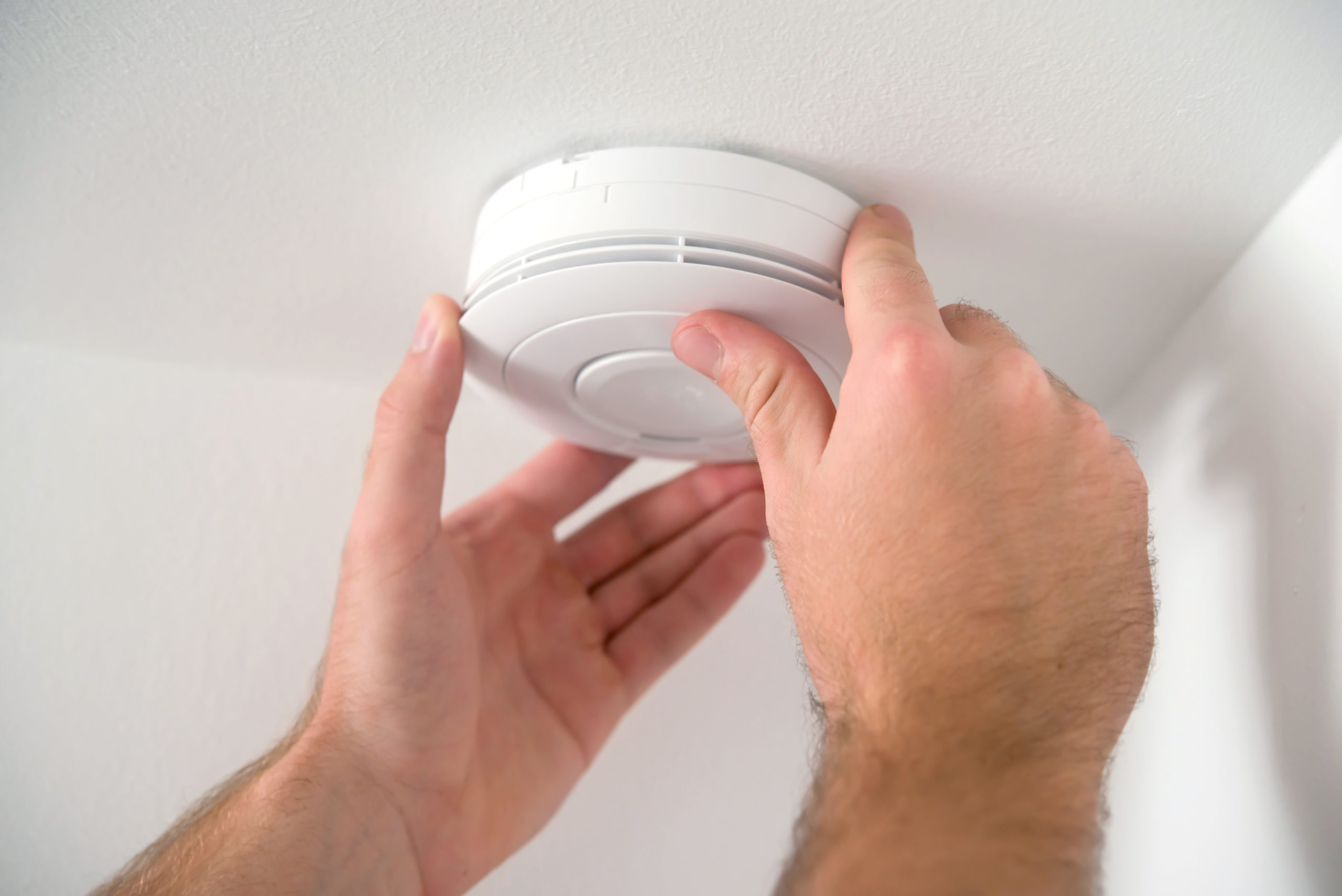
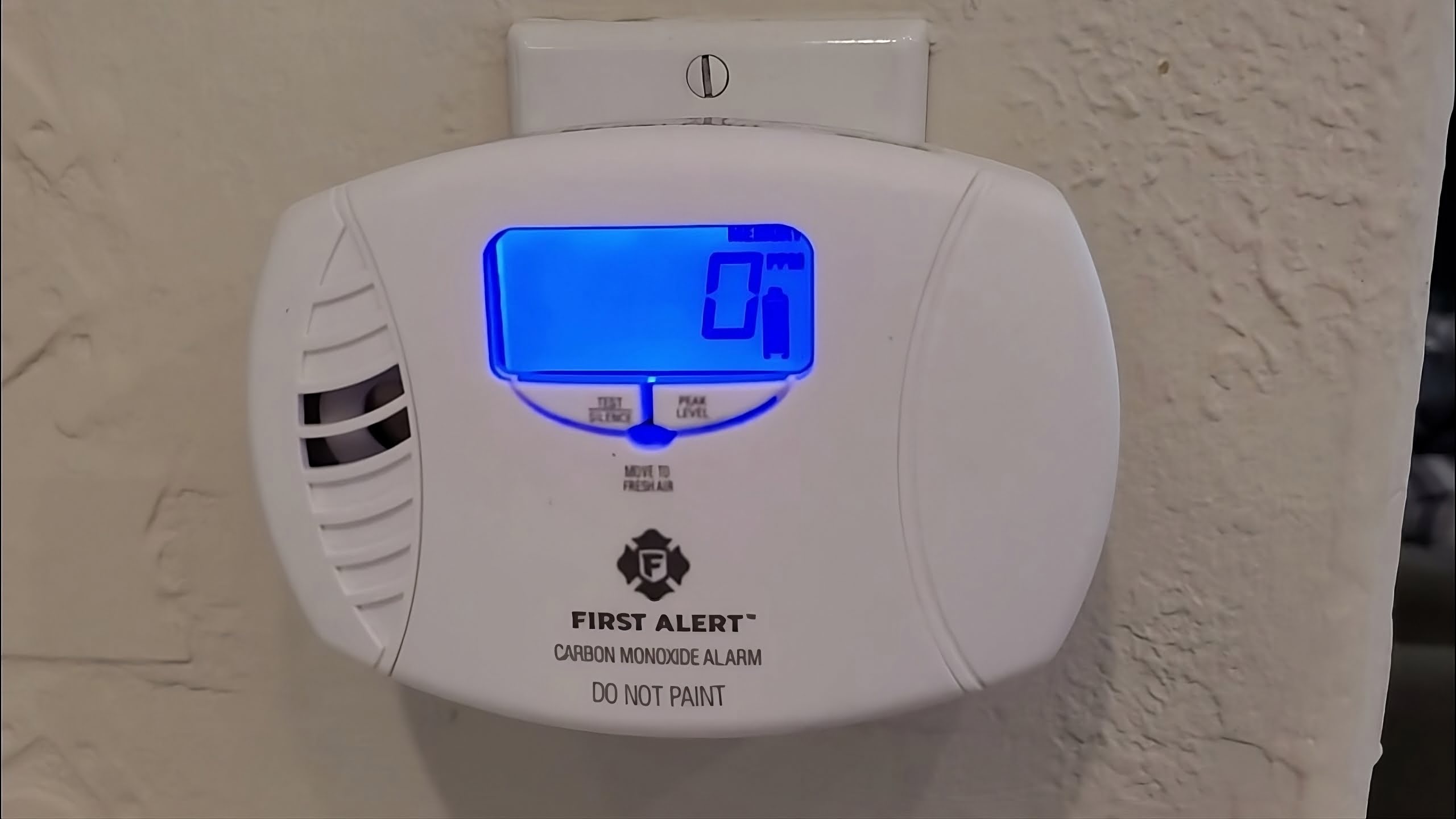

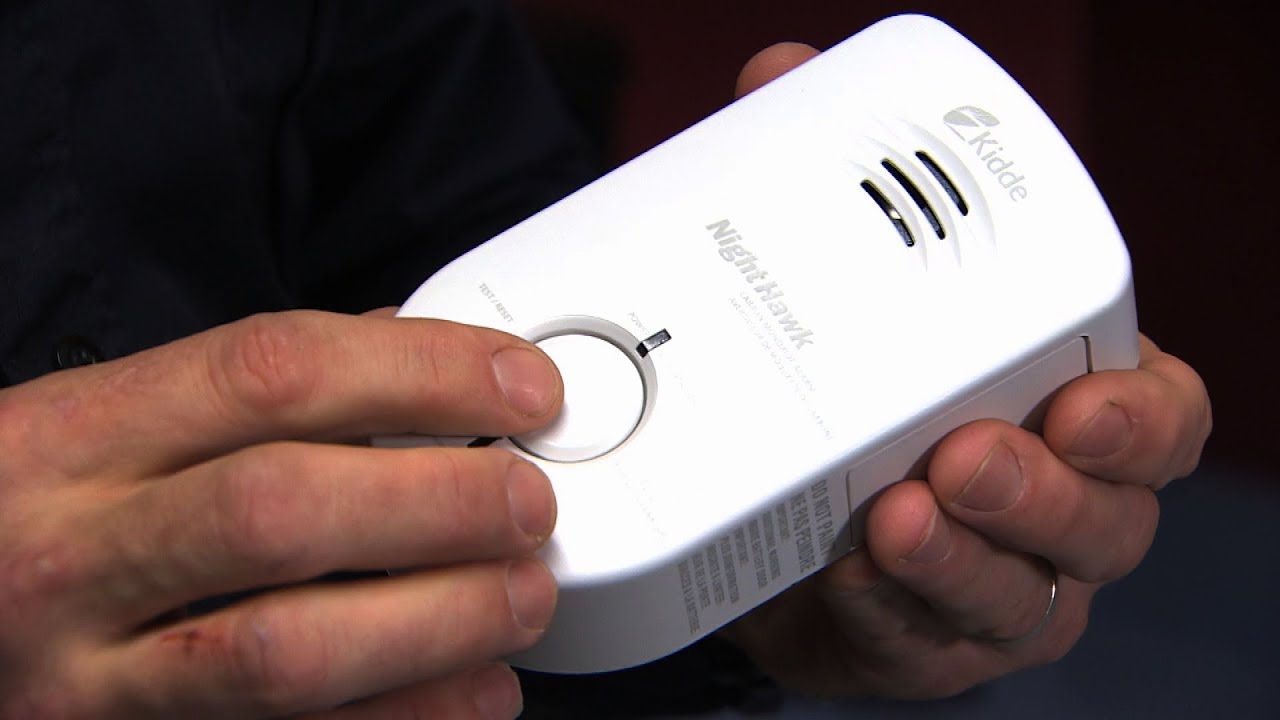
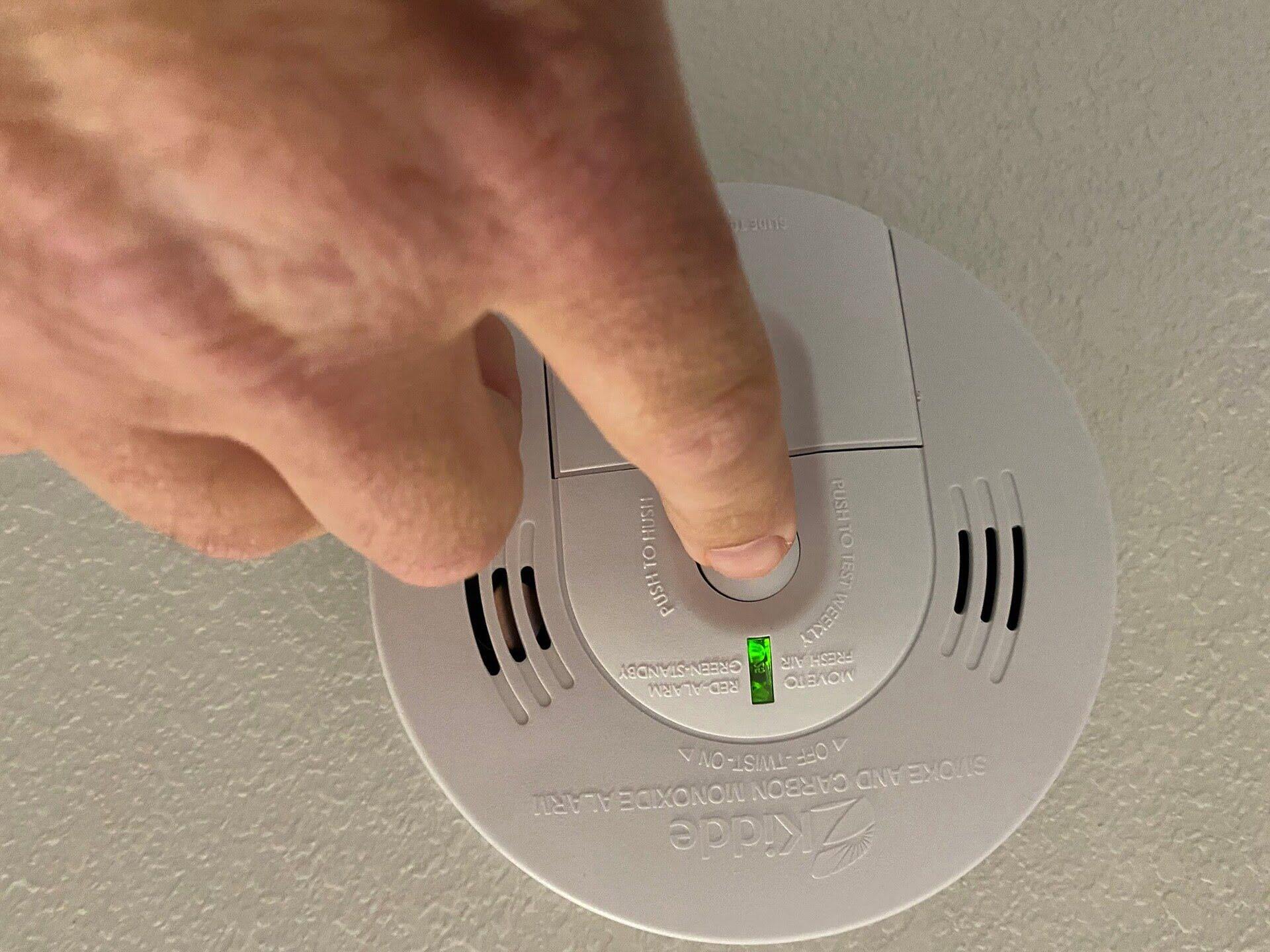
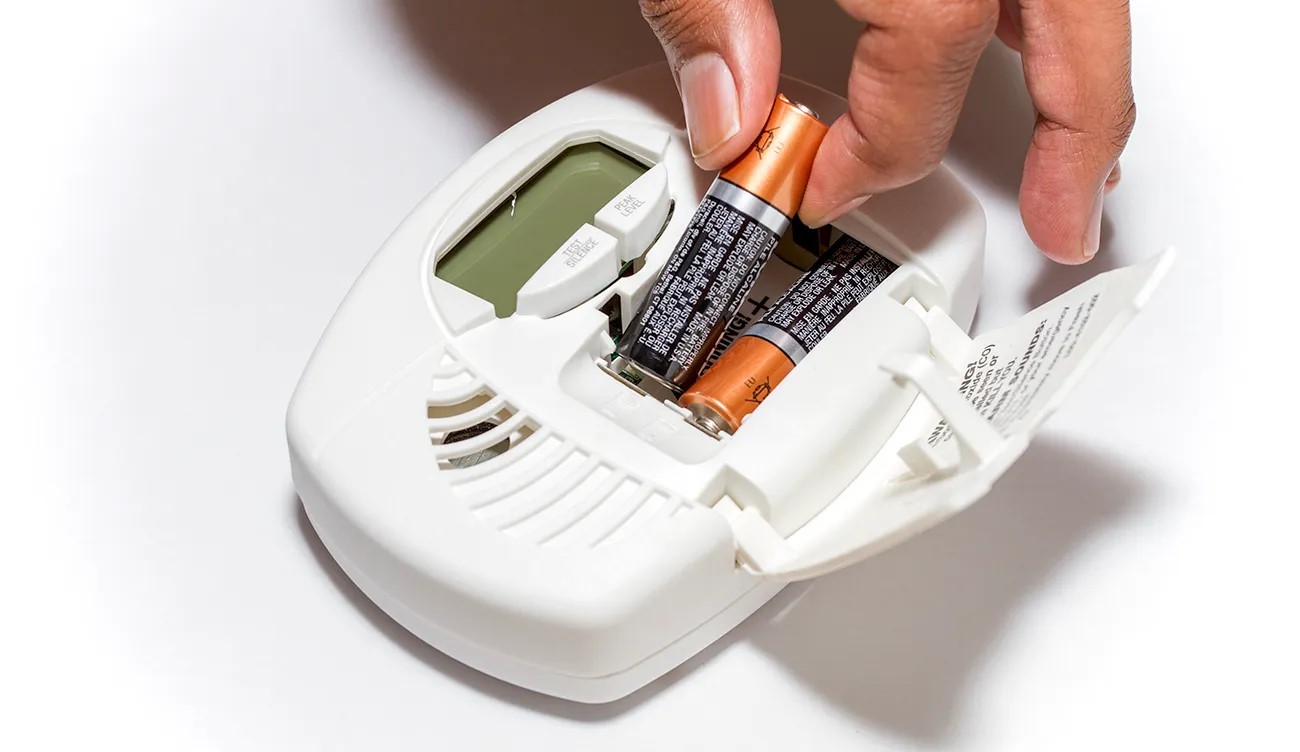
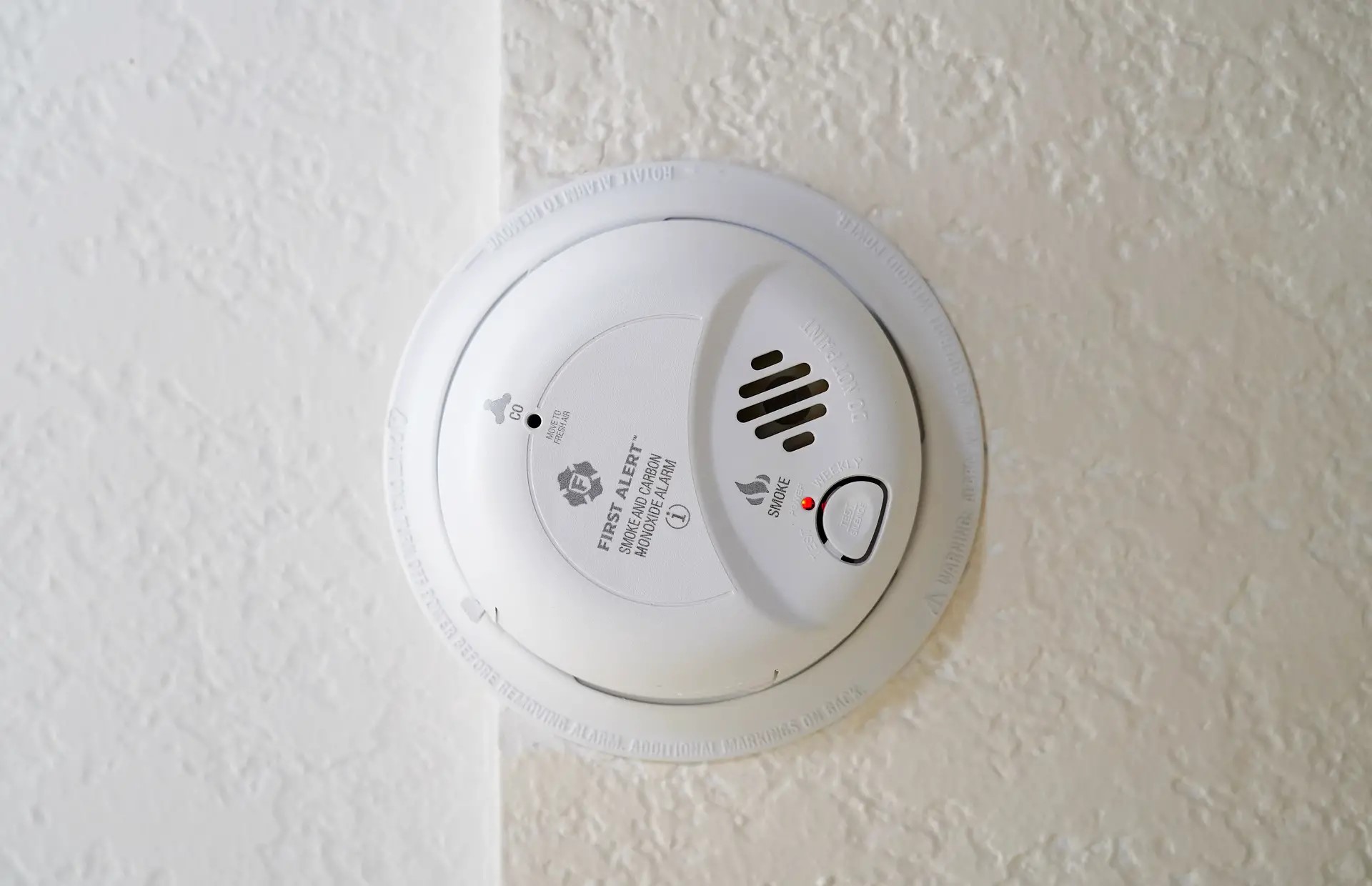
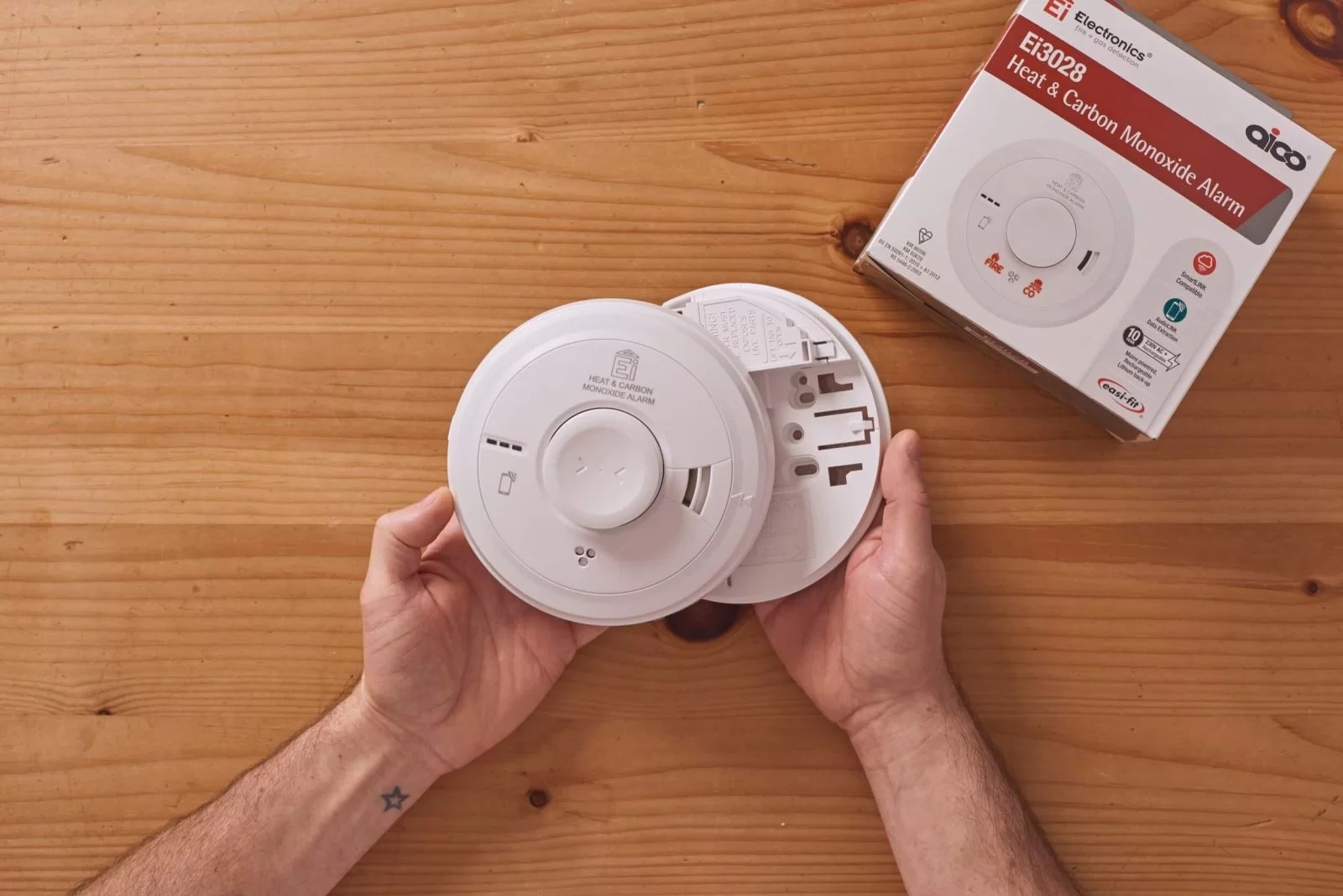
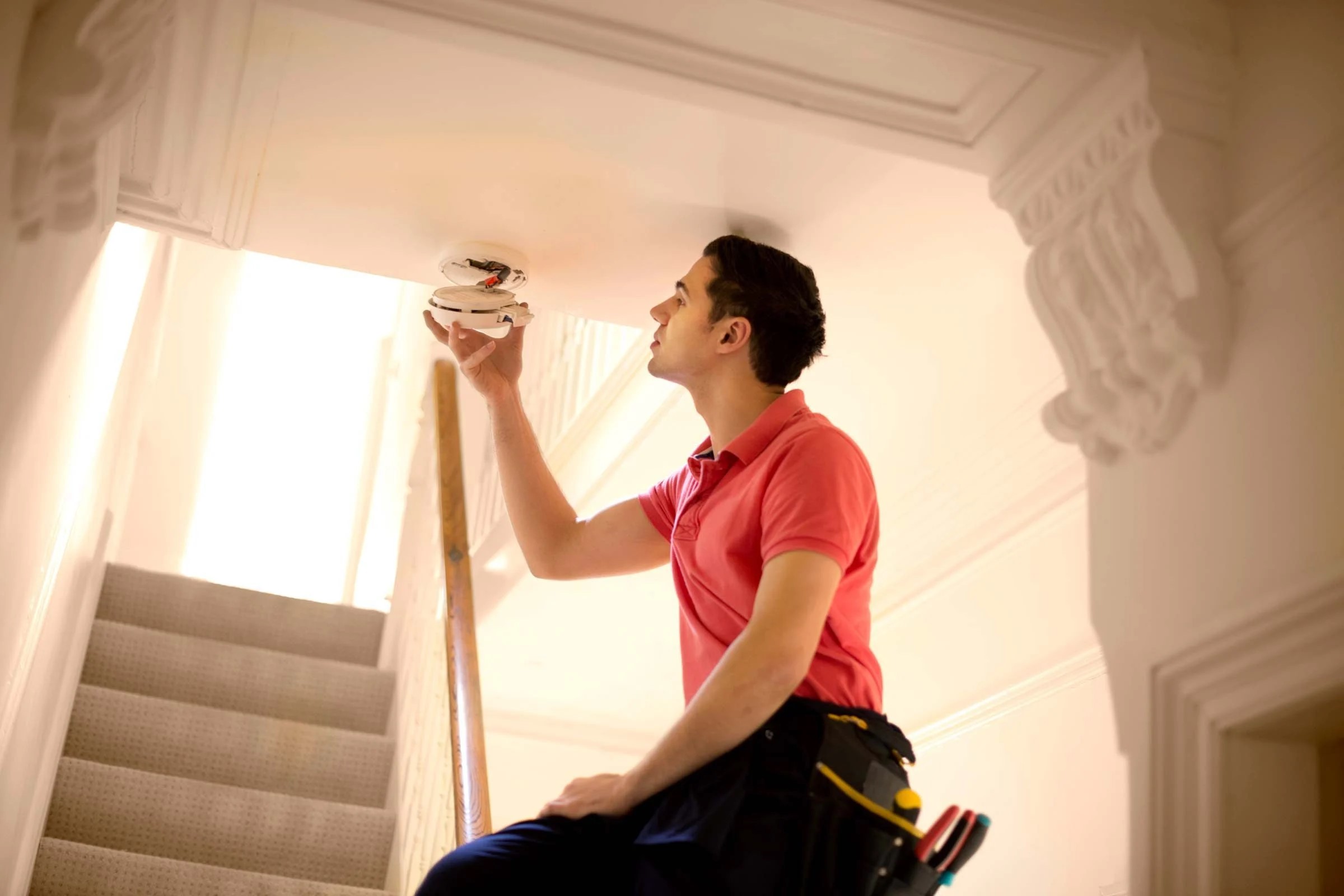
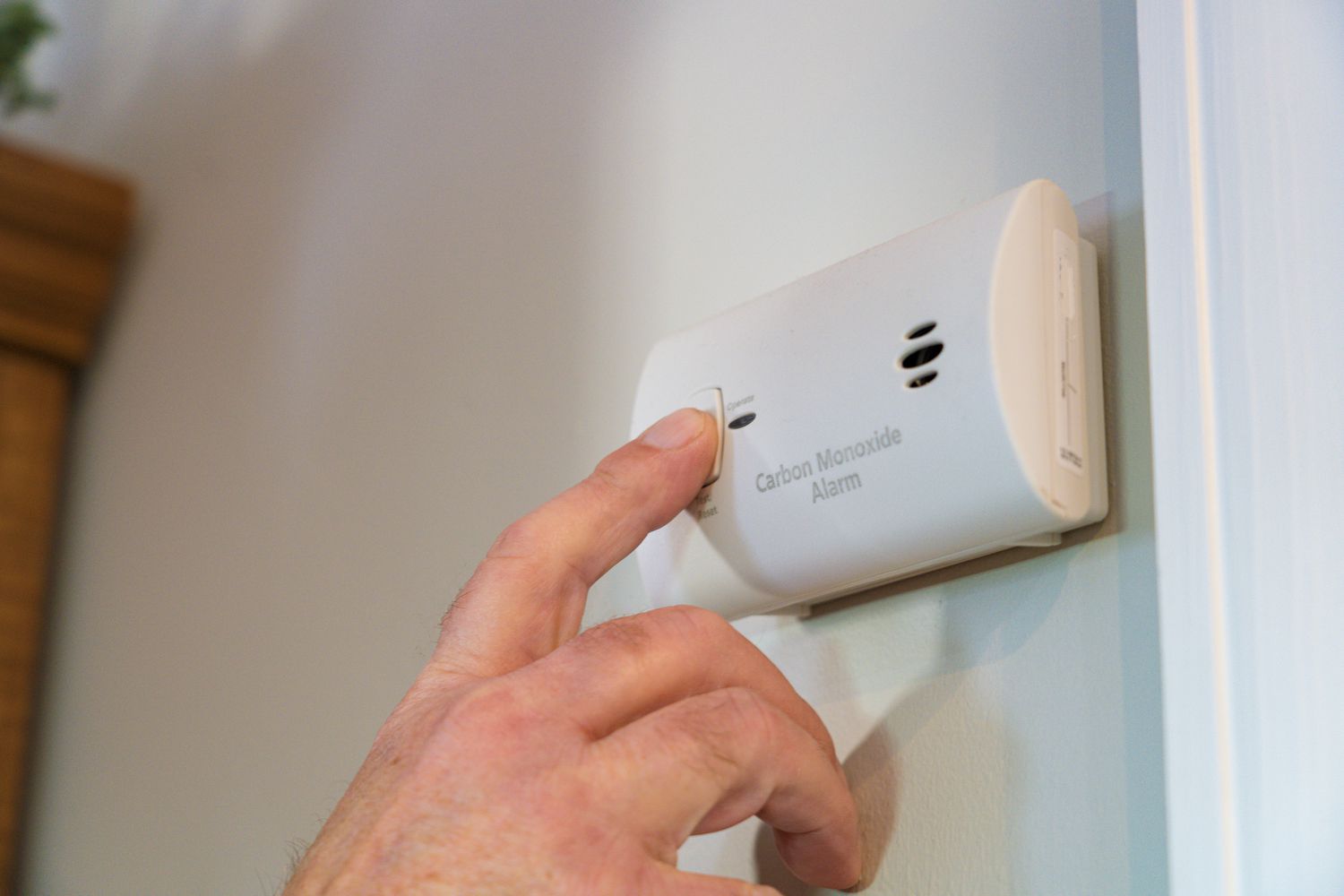

0 thoughts on “Why Would A Carbon Monoxide Detector Go Off”